1. Reality TV Fame
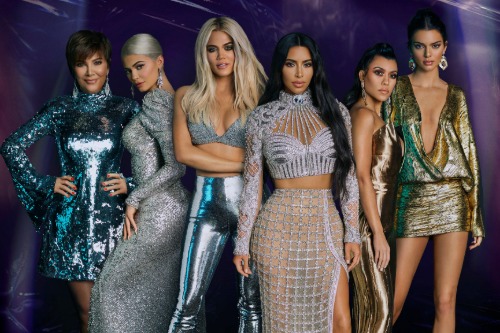
Reality TV was originally supposed to be cheap filler content for networks, according to Brian Braiker from BK MAG. Shows like Survivor and Big Brother were considered popcorn entertainment, not lasting cultural pillars. But then came The Kardashians, The Bachelor, Jersey Shore, and an entire genre was born. It wasn’t just content—it started making celebrities.
Now, reality stars launch beauty brands, write books, and become full-blown moguls. “Fifteen minutes of fame” turned into decades-long careers. The internet amplified this even further with influencers and viral personalities. Reality TV didn’t just stay—it morphed into a fame factory.
2. Influencers as Career Paths
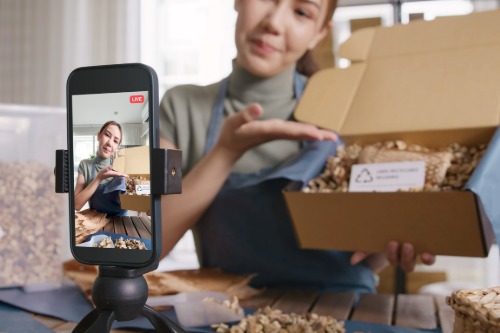
“Being an influencer” used to sound like a joke or a phase for teens. Social media personalities were often dismissed as temporary internet stars. But platforms like Instagram, YouTube, and TikTok proved that influence equals income. Brands began pouring millions into sponsorships and affiliate deals.
Now, becoming an influencer is a legitimate career goal, according to Jennifer Liu from CNBC. Colleges even offer courses in content creation and personal branding. Micro-influencers have carved out full-time incomes from niche audiences. What seemed like a passing trend became the new American dream for many.
3. QR Codes
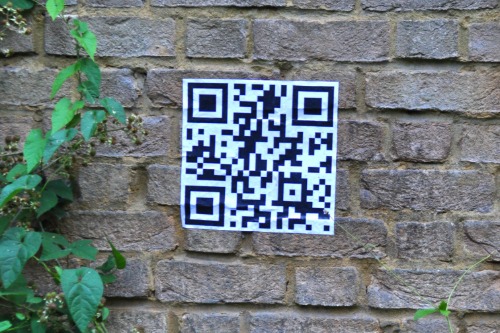
QR codes were around for years, mostly ignored by the public. They popped up now and then, but no one really knew what to do with them. Then the pandemic hit, and suddenly, QR menus were everywhere. Contactless ordering turned QR codes into a necessity.
Now, they’re on business cards, event tickets, product packaging—you name it. Restaurants still use them, and many prefer them over printed menus. Even small businesses use QR codes to link to websites or payment apps. What was a niche tech relic is now just part of daily life.
4. Subscriptions for Everything
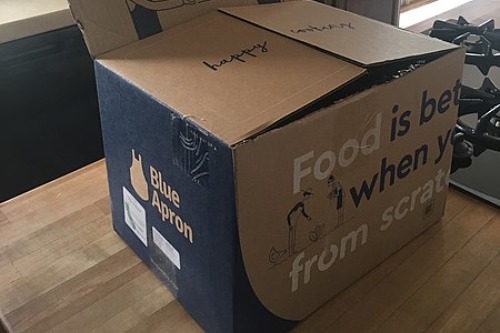
The subscription model was once limited to magazines and cable TV. But now, everything from razors to meals to software is subscription-based, according to Benj Edwards from How-To Geek. Services like Dollar Shave Club and Blue Apron were initially seen as novel ideas. Yet they opened the door for a new kind of consumer relationship.
Now, even cars and heated seats are getting subscription tiers (looking at you, BMW). This model hooks users and keeps revenue steady for businesses. It was supposed to be a phase, but it evolved into a cornerstone of modern commerce. We’re basically renting our lifestyles now.
5. Avocado Toast Obsession
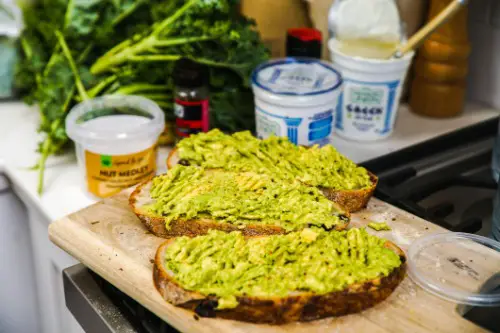
Avocado toast used to be a trendy brunch item in niche cafés. Around 2010, it became Instagram-famous and symbolized the millennial food aesthetic, according to Karen Hart from Mashed. People thought the obsession would fade—how exciting can mashed avocado really be? But instead, it became a menu mainstay.
Now, you can find it at fast food chains and even in frozen form at the grocery store. It’s inspired cookbooks, memes, and generational debates about spending habits. Restaurants continue to innovate with toppings like poached eggs, feta, or hot honey. It stuck around because it’s simple, tasty, and actually nutritious.
6. Online Shopping Addiction
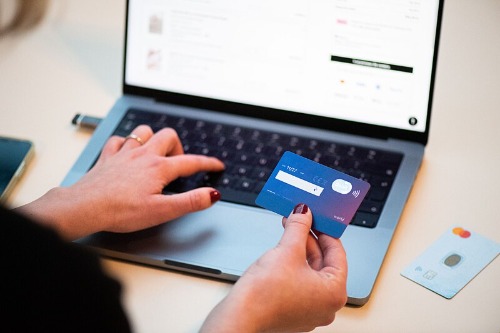
E-commerce was already on the rise, but many thought in-store shopping would always dominate. Then Amazon Prime rewired our brains with two-day shipping. Add in the pandemic lockdowns, and suddenly everyone was clicking “Add to Cart” like it was therapy. Retail habits shifted almost overnight.
Now, even grocery shopping is done from our phones. Brick-and-mortar stores are adapting or closing entirely. The convenience has made it too hard to give up—even as we miss the in-store experience. What started as a handy alternative became the primary way many Americans shop.
7. Pumpkin Spice Everything
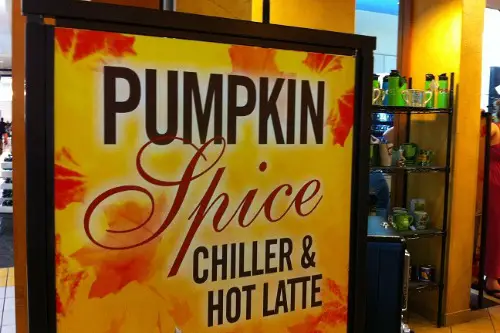
What started as a seasonal latte flavor in 2003 quickly became a national obsession. Starbucks introduced the Pumpkin Spice Latte (PSL) as a fall treat, but it exploded into a year-round identity for some fans. Before long, pumpkin spice infiltrated everything from Oreos to dog treats. It was supposed to be a fleeting autumn gimmick, but instead it became a billion-dollar flavor industry.
Even now, the PSL has become a cultural event—people count down to its release. Companies plan their fall marketing around it, and social media fuels the hype. Despite initial critics calling it a fad, it stuck around and only grew stronger. Apparently, the nation never got tired of drinking their pie.
8. Wearing Athleisure as Regular Clothes

Athleisure was meant to be a comfort-driven, pandemic-era trend. But once people realized they could look “sporty chic” and feel like they’re in pajamas all day, there was no going back. Leggings, joggers, and hoodies became socially acceptable at work, school, and even casual dates. Brands like Lululemon and Alo Yoga blew up thanks to this shift.
Even now, luxury fashion houses are incorporating athleisure elements into their collections. What was once gym wear is now everyday wear, especially for millennials and Gen Z. It blurred the line between workout and work attire, and we never unblurred it. This one-time comfort hack turned into a fashion standard.
9. Tattoos in the Workplace
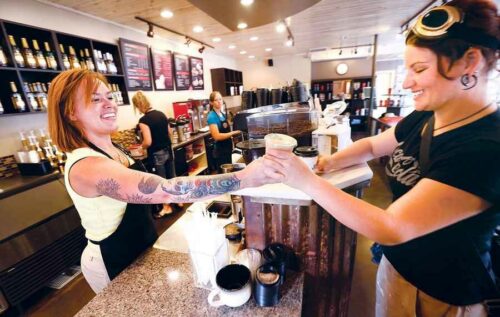
There was a time when visible tattoos were frowned upon in professional settings. Covering them up was part of “looking presentable” for job interviews and office life. But as cultural norms evolved, tattoos became expressions of identity, not rebellion. Millennials and Gen Z especially helped push this shift.
Now, even lawyers, teachers, and corporate professionals sport visible ink. Major companies have relaxed their appearance policies to reflect this new normal. Tattoo stigma has faded, and it’s no longer assumed that ink equals unprofessionalism. What once needed hiding is now worn proudly at work.
10. Craft Beer Mania
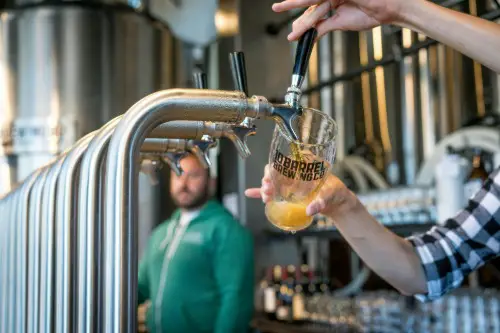
Craft beer started as a niche interest for home brewers and beer snobs. But in the early 2000s, microbreweries exploded across the U.S. It was supposed to be a phase—something for hipsters and hobbyists. Yet now, nearly every town has a local brewery.
The variety, creativity, and local pride around craft beer made it stick. Big beer brands even bought out craft labels to stay relevant. Seasonal brews, IPAs, and small-batch releases keep fans coming back. It’s no longer a trend—it’s just American beer culture now.
11. Minimalist Home Décor

Minimalism gained traction as an antidote to clutter and consumerism. Inspired by Scandinavian design and figures like Marie Kondo, it was all about “less is more.” Initially, many thought it was just a social media aesthetic. But it resonated deeply with people overwhelmed by stuff.
Now, white walls, clean lines, and neutral tones dominate everything from Pinterest to real estate listings. Even budget-friendly stores cater to the minimalist vibe. It’s not just about looks—it’s a lifestyle and philosophy. The “temporary” trend became a home design mainstay.
12. Streaming Over Cable
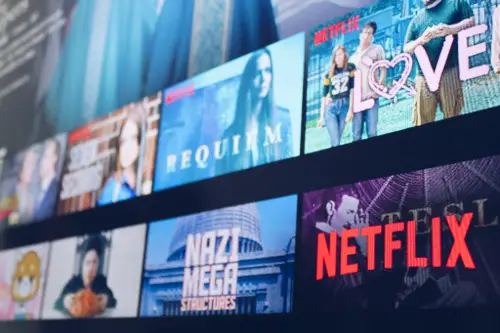
When Netflix started mailing DVDs, no one imagined it would take down cable. Then it pivoted to streaming and launched House of Cards, and the floodgates opened. People assumed streaming would complement, not replace, traditional TV. But now, cable subscriptions are plummeting year after year.
Major networks are scrambling to launch their own platforms to catch up. We’ve gone from “cord-cutters” to “cord-never” generations. Binge-watching changed how content is made and consumed. The streaming takeover wasn’t temporary—it completely redefined entertainment.
13. Work From Home
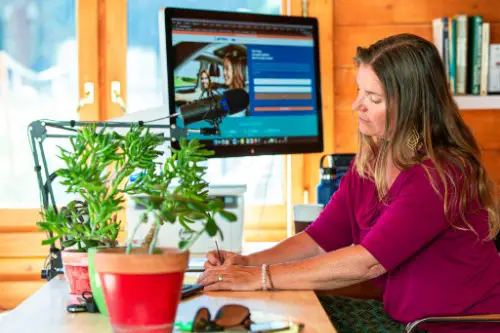
Remote work was once reserved for freelancers or rare tech jobs. Then the pandemic hit, and millions started working from their couches. Companies initially treated it as a temporary emergency setup. But workers liked it, and many businesses found it surprisingly effective.
Now, hybrid and remote jobs are standard in many industries. Entire teams operate without ever sharing office space. Cities, real estate, and work-life balance all adjusted around this new norm. A temporary pivot turned into a structural shift in how America works.


